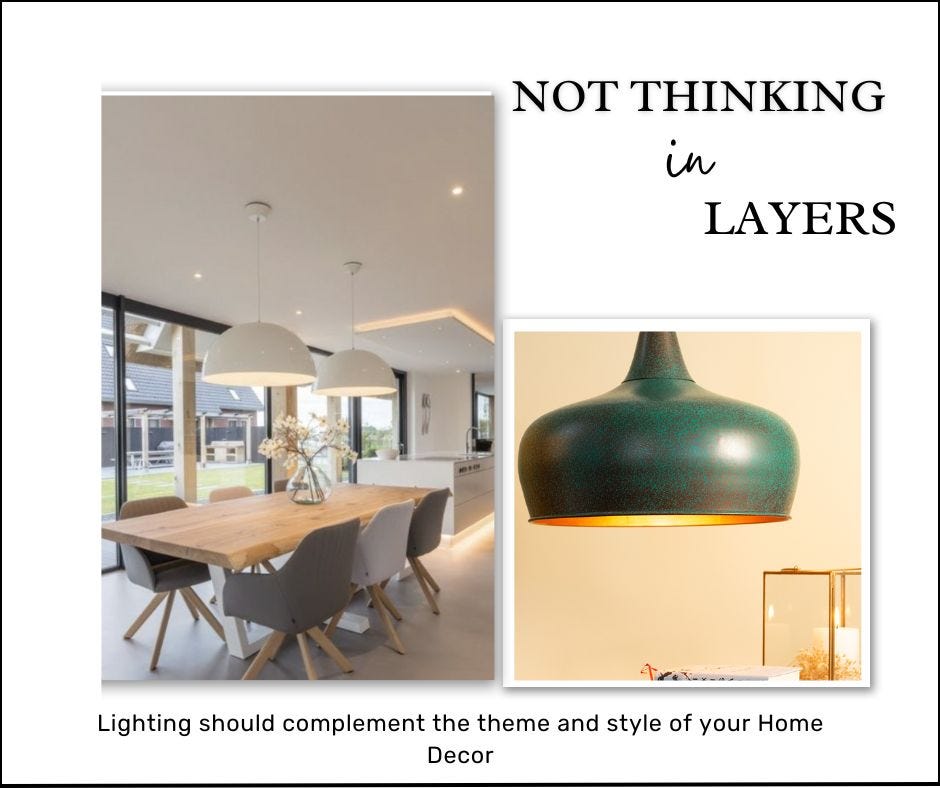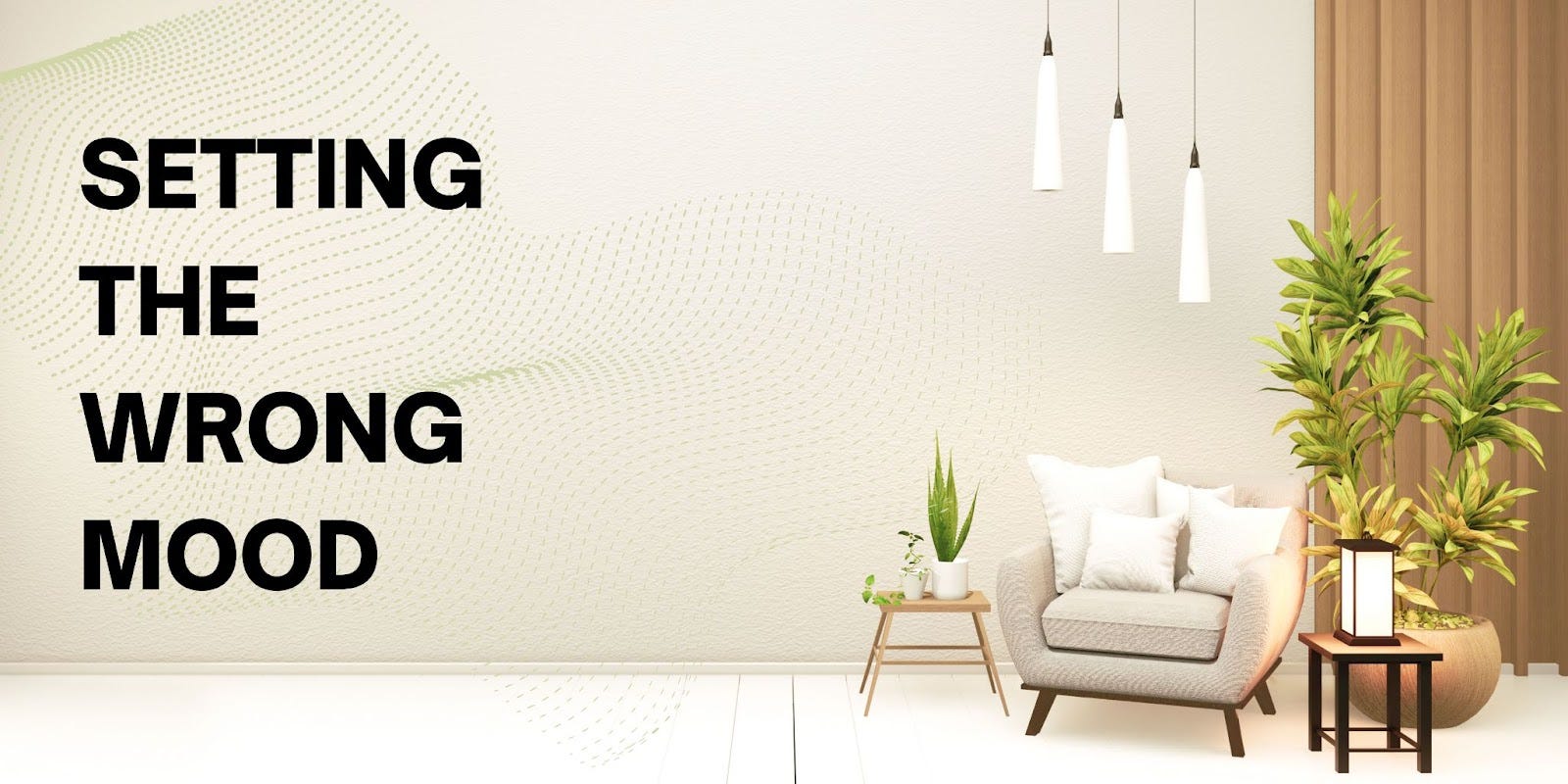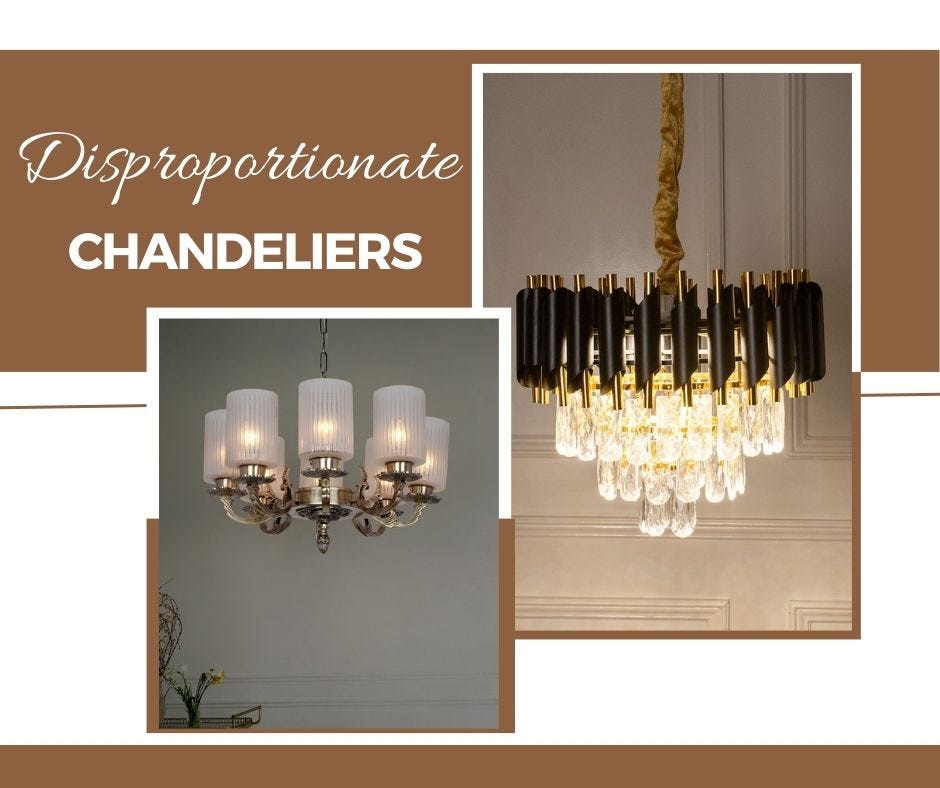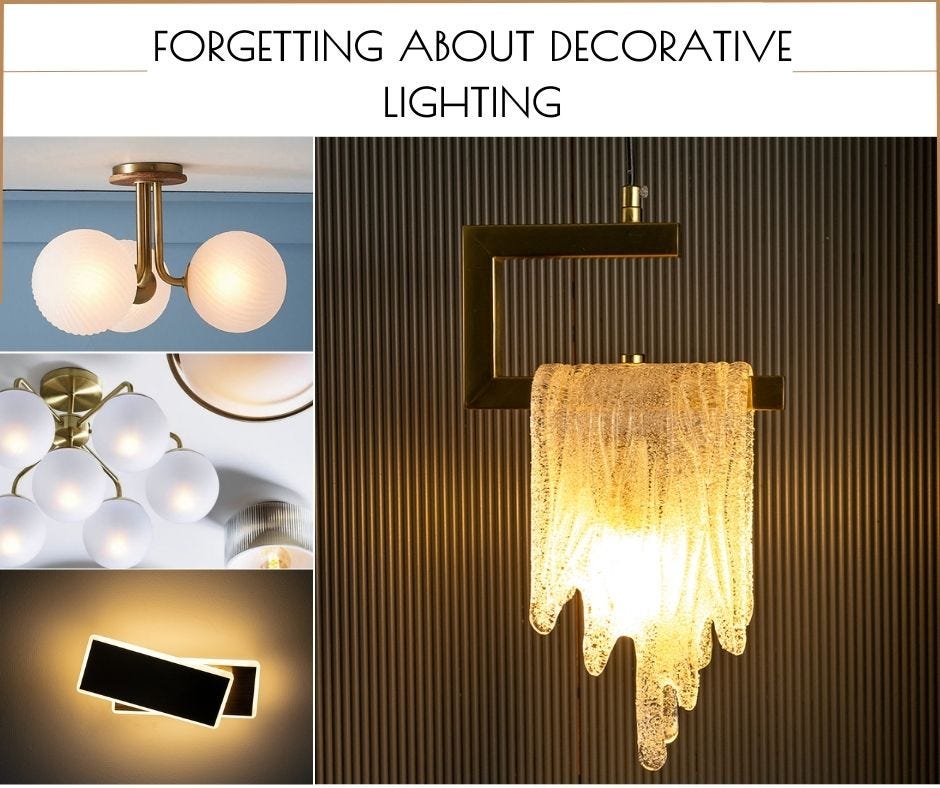The lighting in your home needs as much thought as the color or the furniture you choose if not more. Lighting can bring a space to life. So what do you do when you have no clue? Over time, interior designers and lighting specialists have created lists of things you should avoid. They’ve put together some simple guidelines on what not to do when decorating with lights. Let’s delve into 9 common lighting mistakes that almost everyone makes and discover how to avoid them to enhance your home decor.
Forgetting About Shadows
One of the most common lighting mistakes is overlooking the impact of shadows. Shadows can create a dramatic effect when used intentionally, but forgetting about them altogether can result in poorly lit spaces. Be mindful of the placement of your light sources to eliminate unwanted shadows and achieve a harmonious balance in your home.
Not Thinking in Layers

Lighting should complement the theme and style of your home decor. Ignoring the theme can result in a disjointed and uncoordinated look. Choose lighting fixtures that align with your overall aesthetic — whether it’s modern, rustic, or eclectic. Incorporate pendant lights, hanging lights, floor lamps, table lamps, and ceiling lights that harmonize with your chosen theme.
Excessive or Insufficient Light
Too much light can be just as bad as too little light. Excessive light can cause glare and eye strain, while insufficient light can make it difficult to see. Strike a balance by using a combination of ambient, task, and accent lighting.
Setting the Wrong Mood

One of the most overlooked aspects of lighting design is the lack of layers. Incorporating ambient, task, and accent lighting creates a well-rounded and versatile lighting scheme. Ensure each layer serves its purpose, contributing to both functionality and aesthetics.
Disproportionate Chandeliers

Chandeliers can be a stunning focal point, but choosing the wrong size can throw off the entire room’s balance. Ensure that your chandelier is proportionate to the room size and the surrounding decor. Consider using pendant lights for smaller spaces to maintain a harmonious look.
Wrong Color Temperature
The color temperature of the light can affect the mood of the room. Soft, warm white light makes a place feel comfy and welcoming, while bright, cool white light is great for getting things done. Choose the right color temperature for the right room.
Forgetting About Decorative Lighting:

While functional lighting is essential, decorative lighting adds personality and style to a space. Forgetting to incorporate decorative lighting elements, such as chandeliers, pendant lights, or wall lights, can lead to a lackluster design. Use these fixtures strategically to enhance the overall aesthetic of the room.
Ignoring Dimming Options:
Ignoring the potential of dimming options is a missed opportunity to customize the lighting experience.Dimmer switches let you change how bright the lights are based on what you’re doing or how you’re feeling. Installing dimmer switches provides flexibility, allowing you to transition seamlessly from vibrant, well-lit spaces to softer, more relaxed atmospheres.
Plan Your Vision
Interior lighting not only serves a functional purpose; it also has the power to set the mood in every room of the house.
Now that you’ve learned how to steer clear of these usual lighting blunders at home, it’s time to think about updating your home lighting.
Interested in more ideas to give your living space a new look? Check out Whispering Homes’ design section for making your home, apartment, or townhome look brand new.

